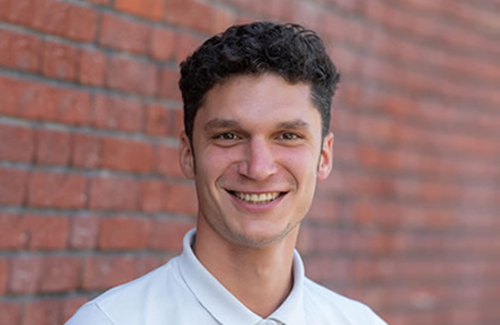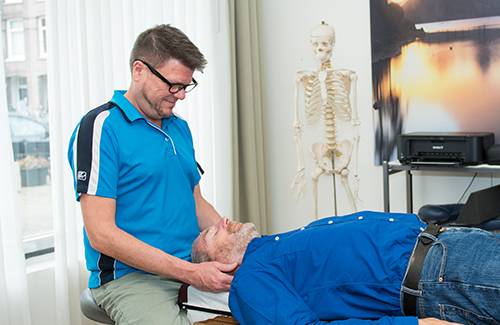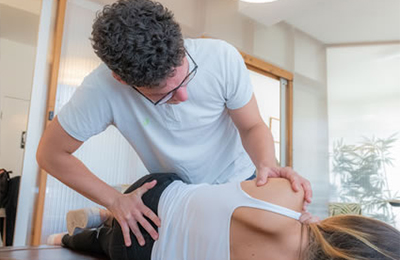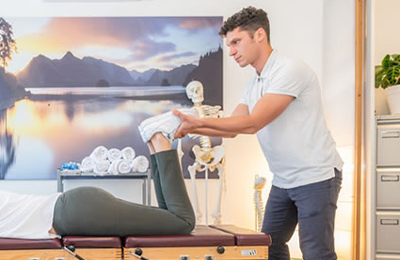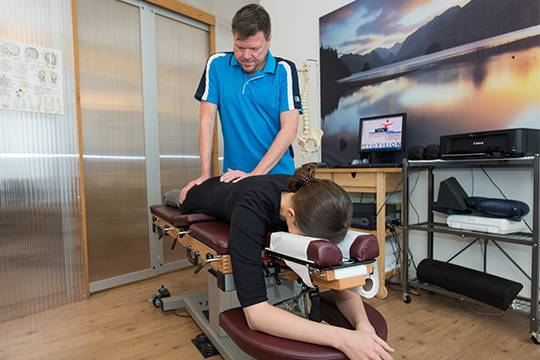How Can We Help You?
We adjust patients quickly on the first visit. Appointments start on-time. We do full body adjustments for the SI joints, spine, rib cage, hip joints, elbows, wrists, shoulders, knees and ankles. We specialise in high-level sports tune-ups for performance athletes. We also are specialists in helping people recover from injuries.
Catering to Injured People in Amsterdam NH
We specialize in trauma related to:
- Biking accidents
- Broken bones
- Car collisions
- Falls and slips
- Physical altercation
- Sports injury
Amsterdam Chiropractic enjoys a strong and positive relationship with many local house doctors. In fact, we are proud to share that we have received more than 1000 referrals from these medical professionals. This collaboration highlights the trust and respect that exists between different healthcare disciplines in our community.
Moreover, it's an honor to note that many of these Dutch house doctors not only refer their patients to us but also choose Amsterdam Chiropractic for their own personal care and that of their families. This serves as a testament to the high level of care and expertise provided at our facility.
While it's true that some doctors face restrictions from their groups regarding referrals, this doesn't diminish the fact that chiropractic care is increasingly recognized and valued within the broader medical community. We are committed to fostering open and respectful relationships with all healthcare providers for the benefit of our patients' health and wellbeing.
For more insights into how we work collaboratively with house doctors and the impact this has on patient care, we invite you to visit our FAQ page. There, you can find detailed information that underscores our commitment to integrated and patient-centered care.

